Details of the Target
General Information of Target
| Target ID | LDTP07756 | |||||
|---|---|---|---|---|---|---|
| Target Name | Very-long-chain (3R)-3-hydroxyacyl-CoA dehydratase 2 (HACD2) | |||||
| Gene Name | HACD2 | |||||
| Gene ID | 201562 | |||||
| Synonyms |
PTPLB; Very-long-chain; 3R)-3-hydroxyacyl-CoA dehydratase 2; EC 4.2.1.134; 3-hydroxyacyl-CoA dehydratase 2; HACD2; Protein-tyrosine phosphatase-like member B |
|||||
| 3D Structure | ||||||
| Sequence |
MAAVAATAAAKGNGGGGGRAGAGDASGTRKKKGPGPLATAYLVIYNVVMTAGWLVIAVGL
VRAYLAKGSYHSLYYSIEKPLKFFQTGALLEILHCAIGIVPSSVVLTSFQVMSRVFLIWA VTHSVKEVQSEDSVLLFVIAWTITEIIRYSFYTFSLLNHLPYLIKWARYTLFIVLYPMGV SGELLTIYAALPFVRQAGLYSISLPNKYNFSFDYYAFLILIMISYIPIFPQLYFHMIHQR RKILSHTEEHKKFE |
|||||
| Target Bioclass |
Enzyme
|
|||||
| Family |
Very long-chain fatty acids dehydratase HACD family
|
|||||
| Subcellular location |
Endoplasmic reticulum membrane
|
|||||
| Function |
Catalyzes the third of the very long-chain fatty acids (VLCFA) elongation four-step cycle (condensation, reduction, dehydration, and reduction). This endoplasmic reticulum-elongation process is characterized by the addition of two carbons to the lipid chain through each cycle. This enzyme catalyzes the dehydration of the 3-hydroxyacyl-CoA intermediate into trans-2,3-enoyl-CoA, within each cycle of elongation. Therefore, it participates in the production of various VLCFAs involved in multiple biological processes as precursors of membrane lipids and lipid mediators.
|
|||||
| Uniprot ID | ||||||
| Ensemble ID | ||||||
| HGNC ID | ||||||
Probe(s) Labeling This Target
ABPP Probe
| Probe name | Structure | Binding Site(Ratio) | Interaction ID | Ref | |
|---|---|---|---|---|---|
|
YN-1 Probe Info |
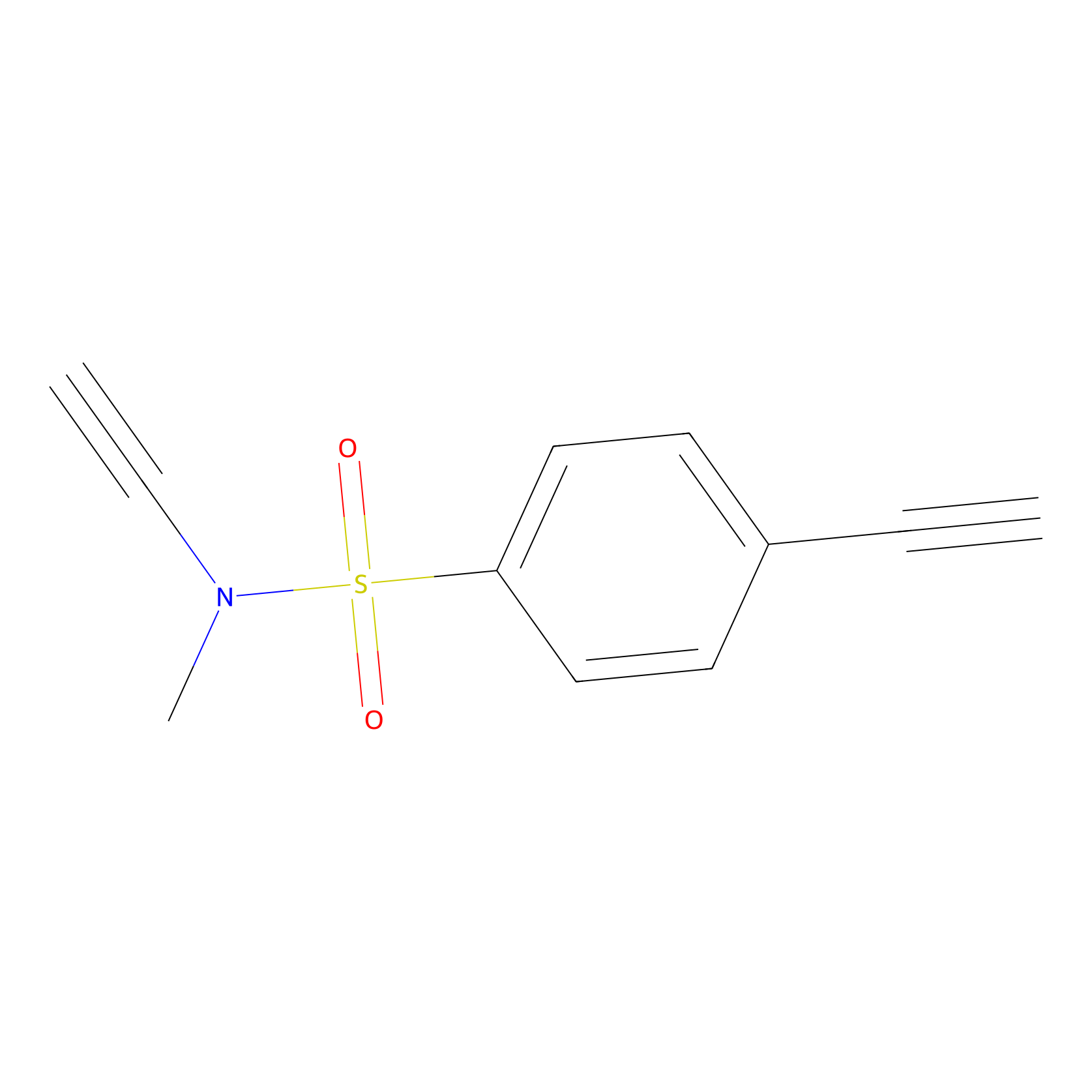 |
100.00 | LDD0444 | [1] | |
|
STPyne Probe Info |
 |
K242(1.08) | LDD0277 | [2] | |
|
ATP probe Probe Info |
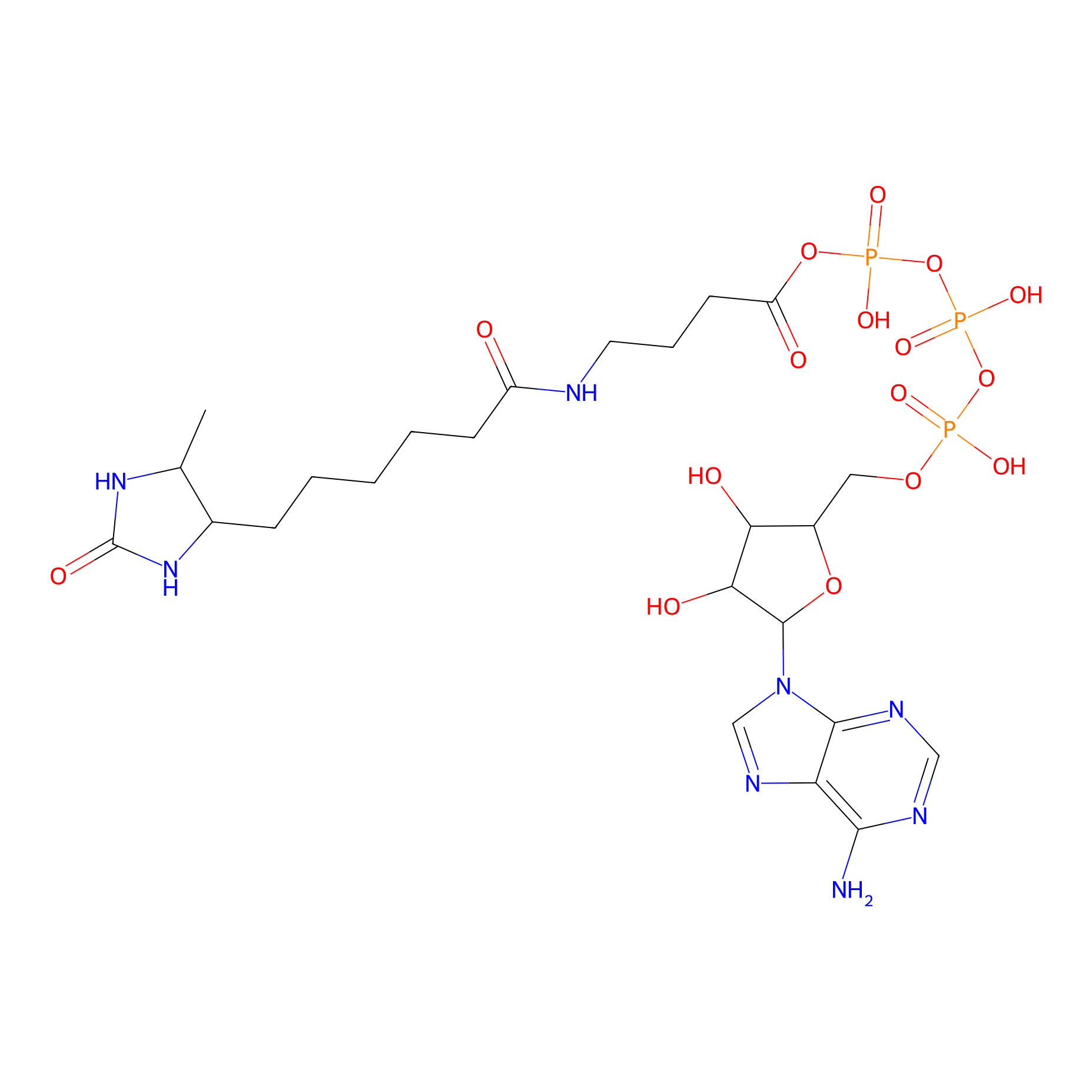 |
N.A. | LDD0199 | [3] | |
|
NHS Probe Info |
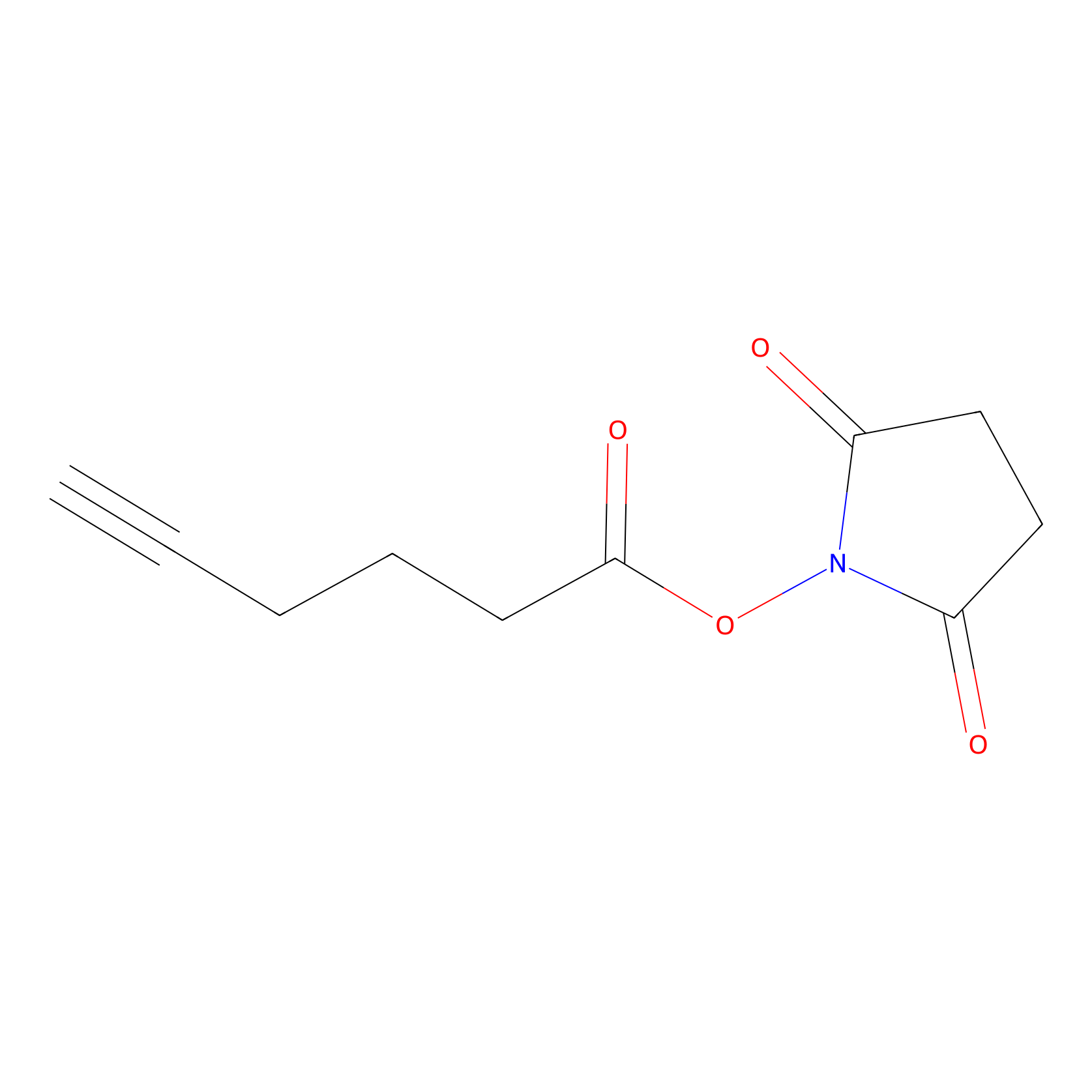 |
N.A. | LDD0010 | [4] | |
|
Acrolein Probe Info |
 |
N.A. | LDD0217 | [5] | |
|
Crotonaldehyde Probe Info |
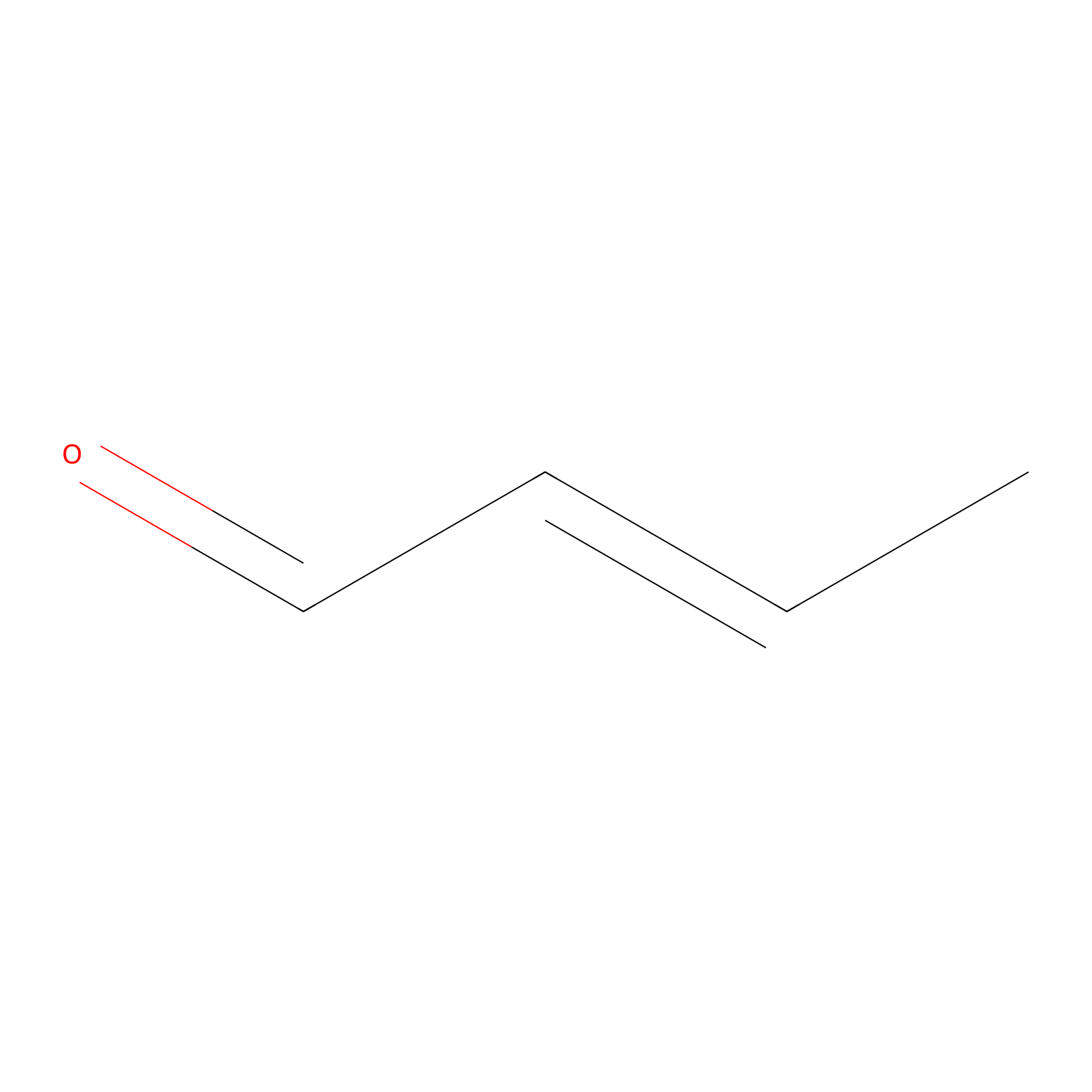 |
H246(0.00); H250(0.00) | LDD0219 | [5] | |
|
AOyne Probe Info |
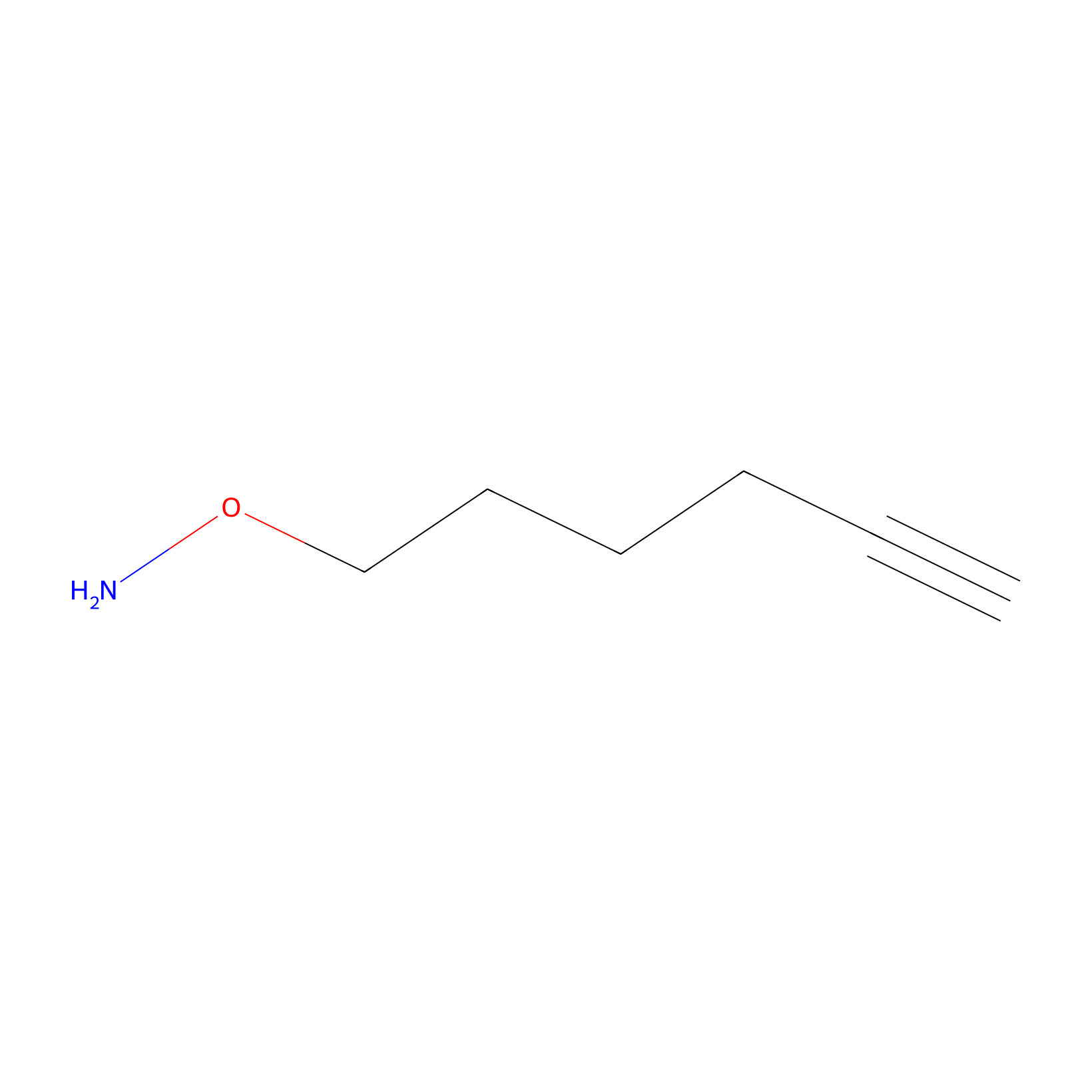 |
15.00 | LDD0443 | [6] | |
PAL-AfBPP Probe
| Probe name | Structure | Binding Site(Ratio) | Interaction ID | Ref | |
|---|---|---|---|---|---|
|
C055 Probe Info |
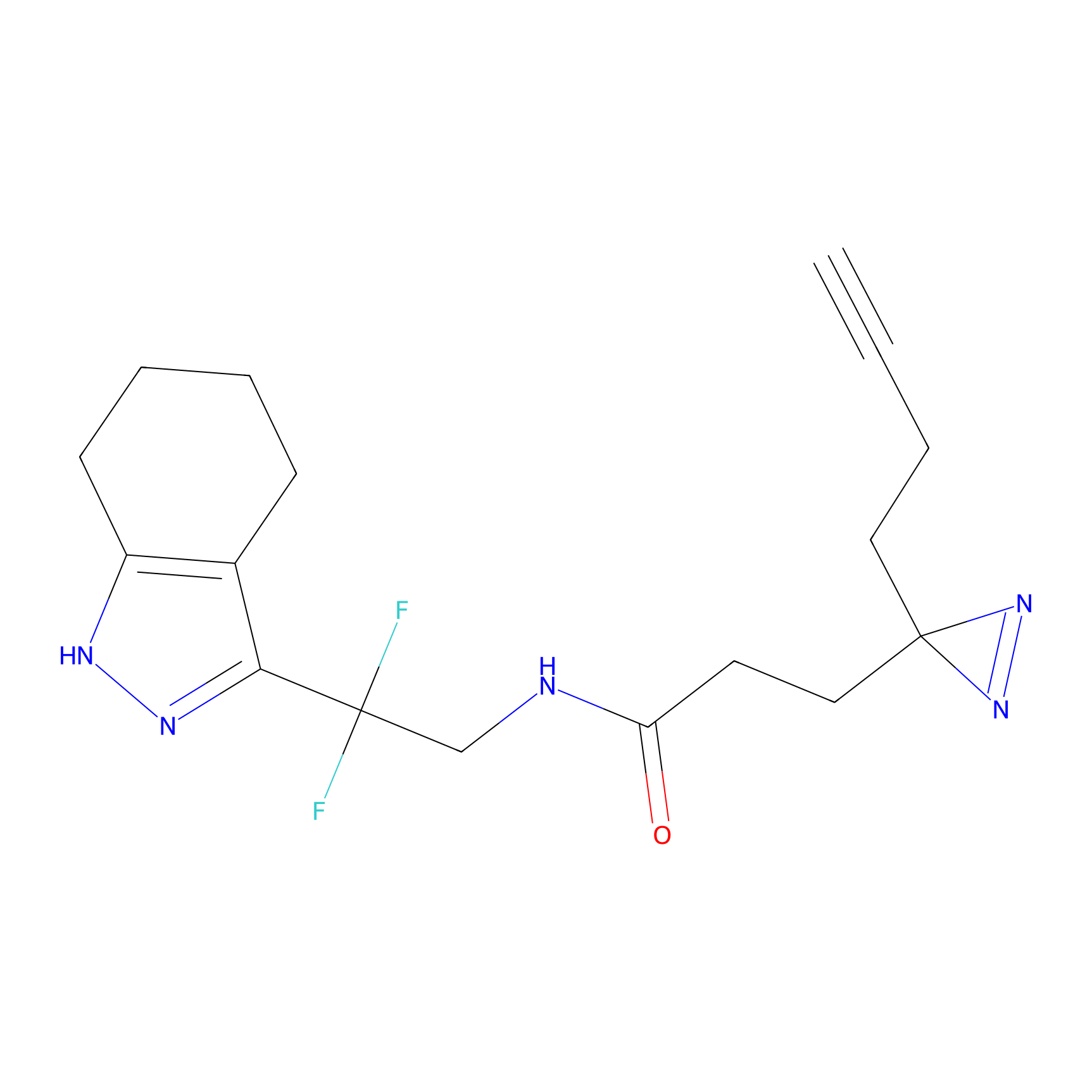 |
13.36 | LDD1752 | [7] | |
|
C056 Probe Info |
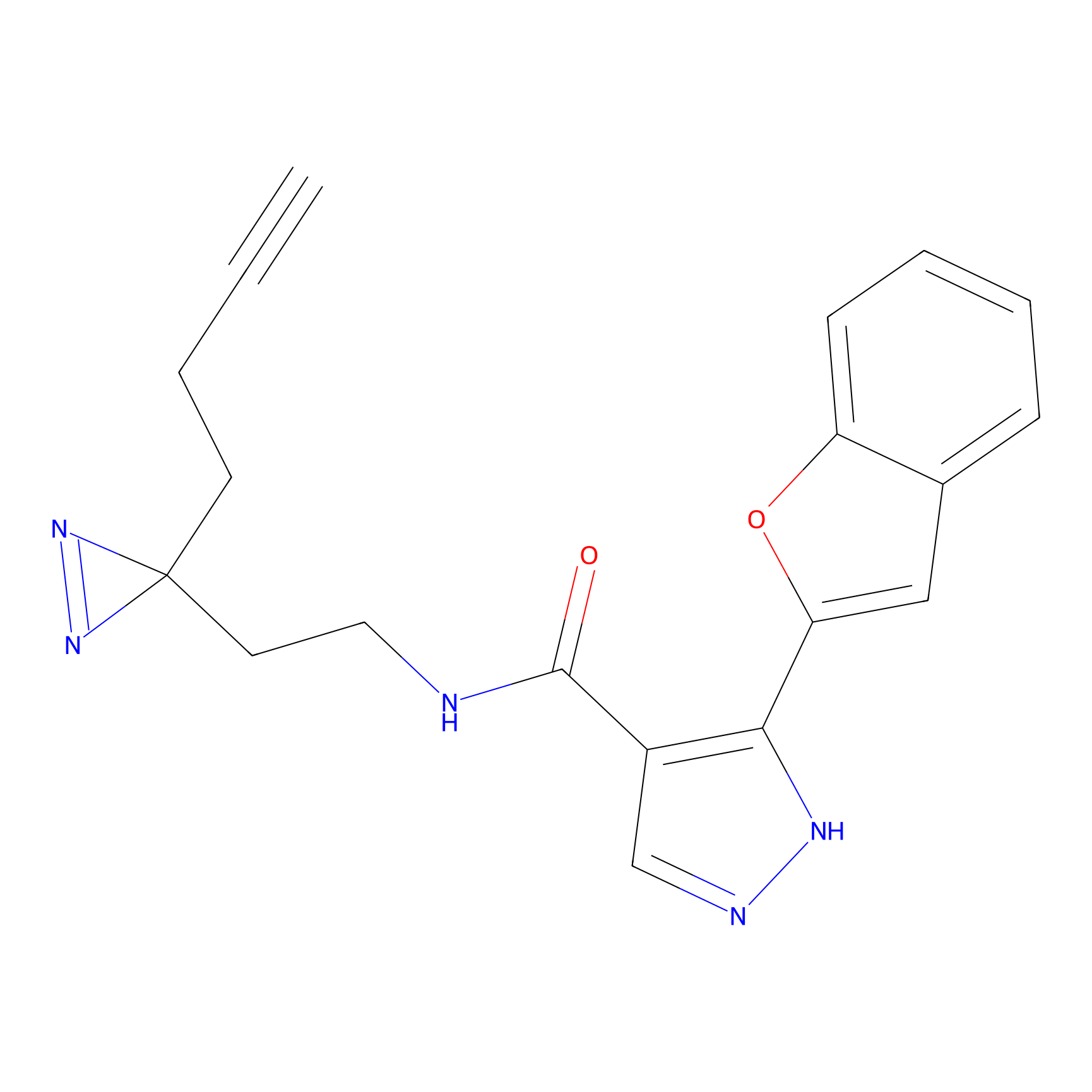 |
22.16 | LDD1753 | [7] | |
|
C070 Probe Info |
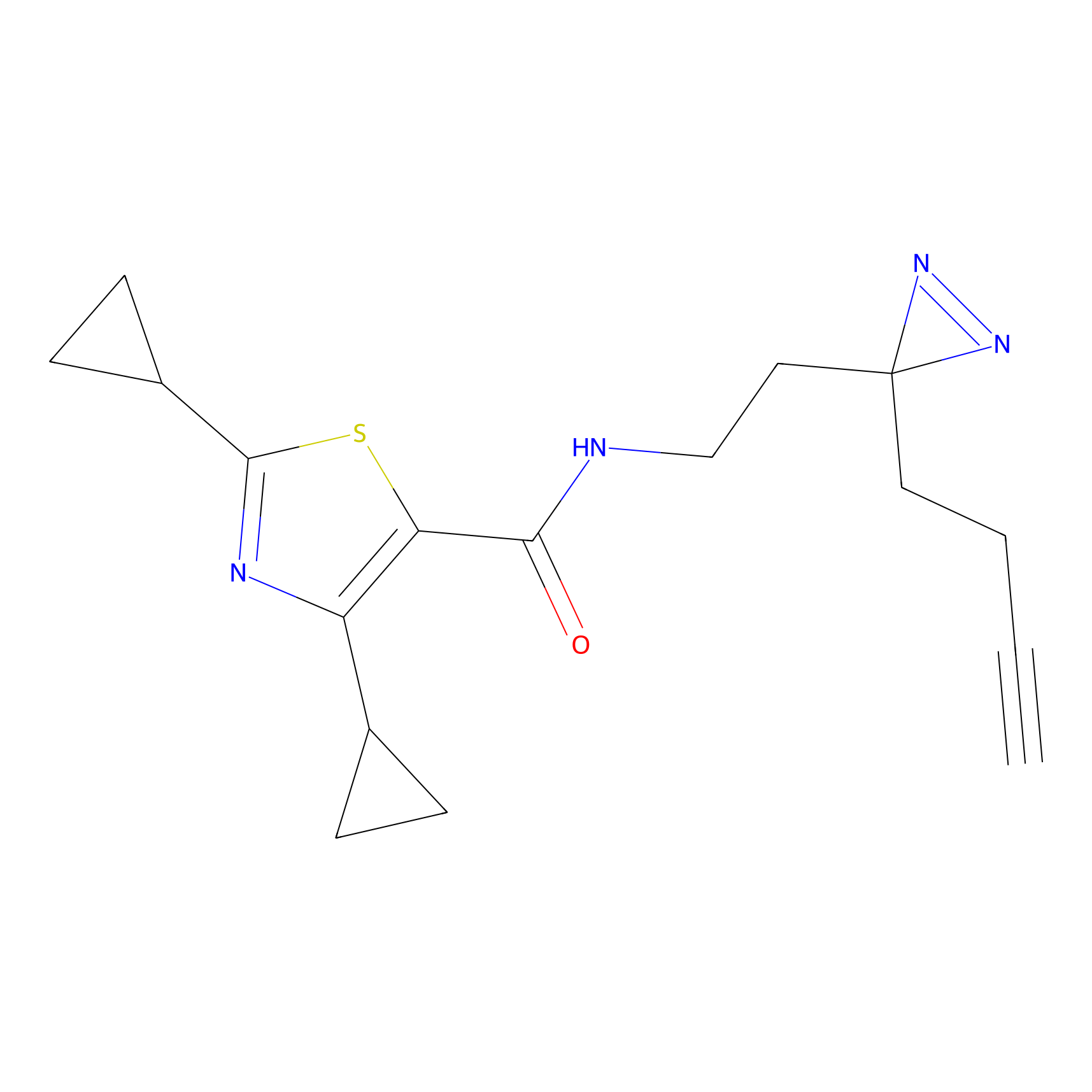 |
9.06 | LDD1766 | [7] | |
|
C092 Probe Info |
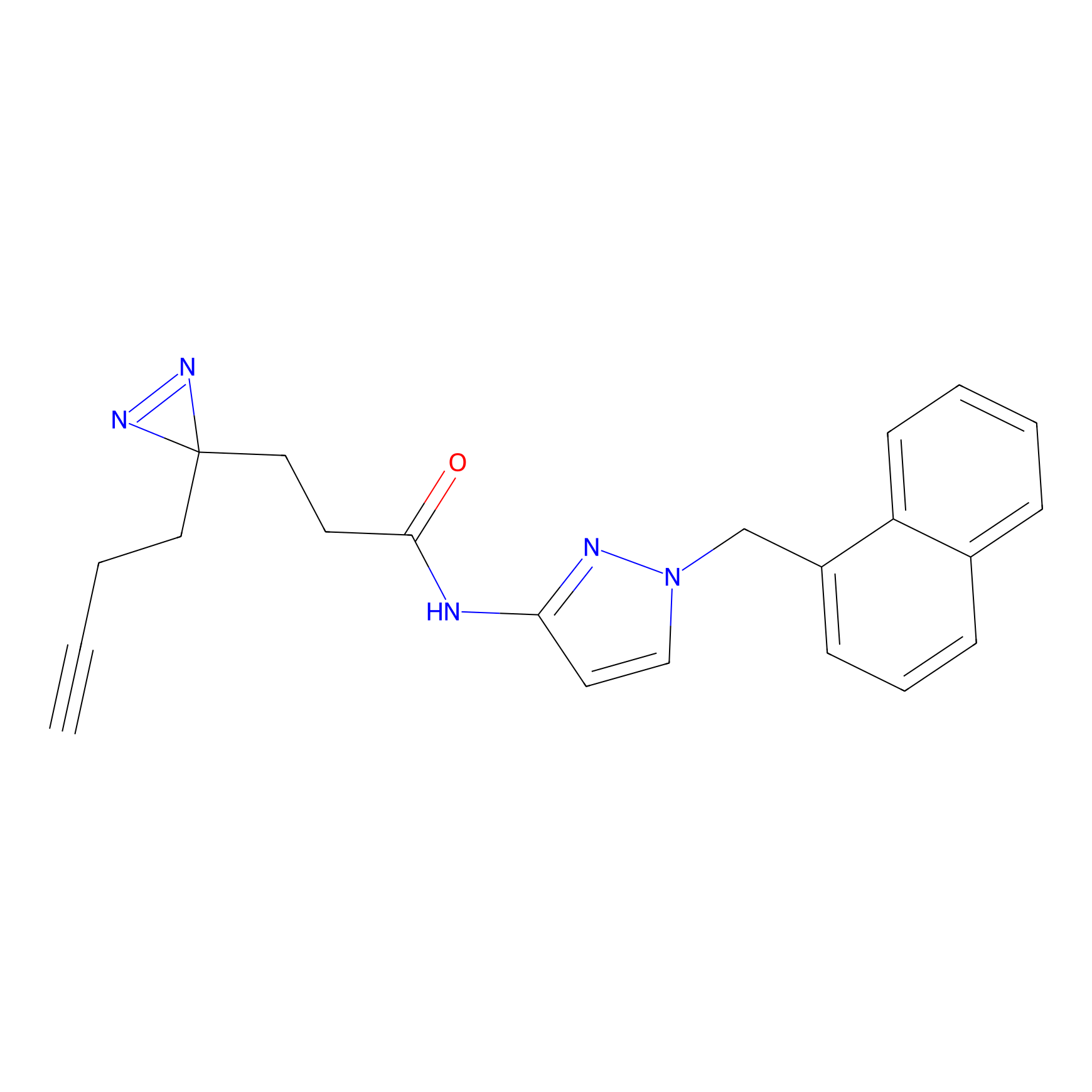 |
18.25 | LDD1783 | [7] | |
|
C094 Probe Info |
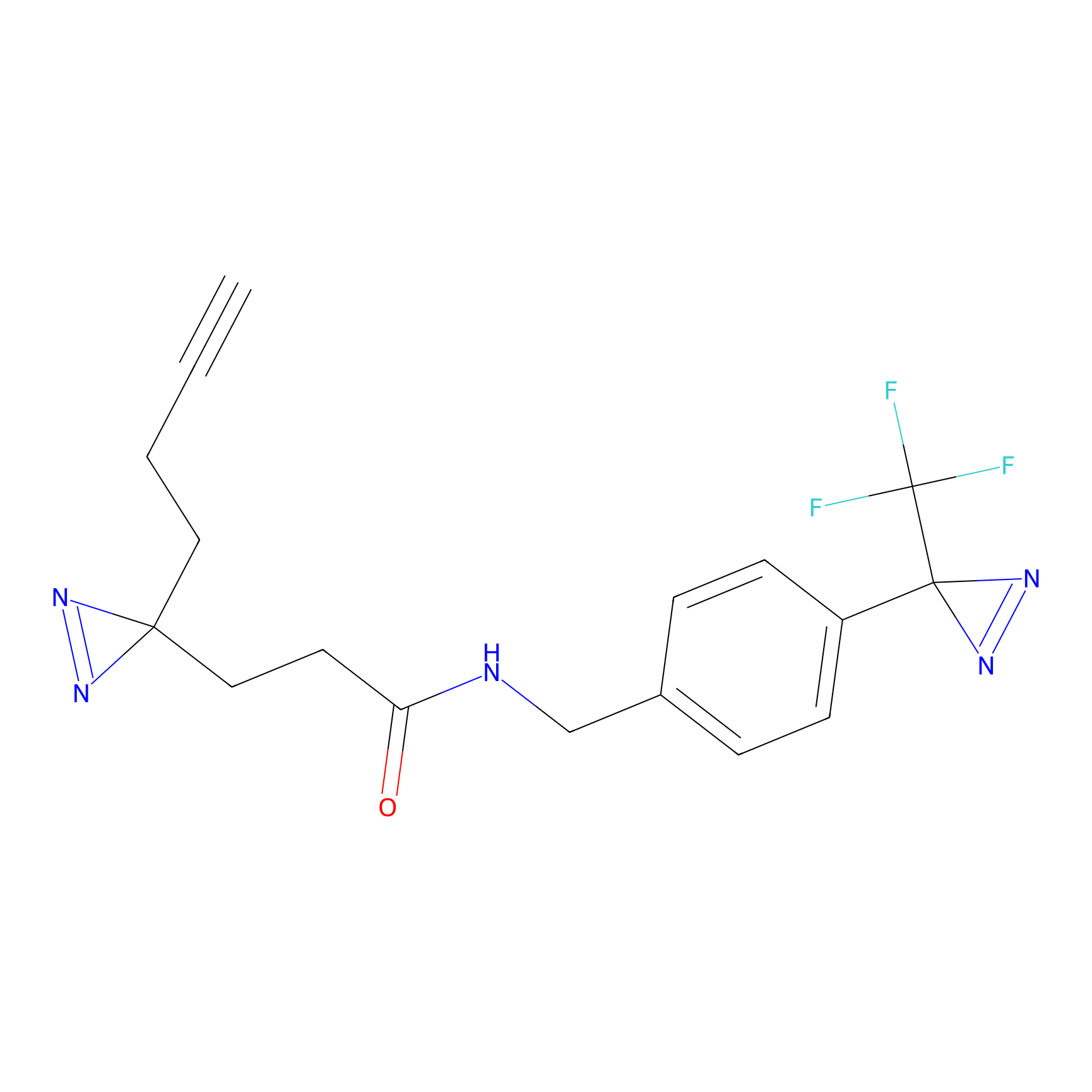 |
30.27 | LDD1785 | [7] | |
|
C095 Probe Info |
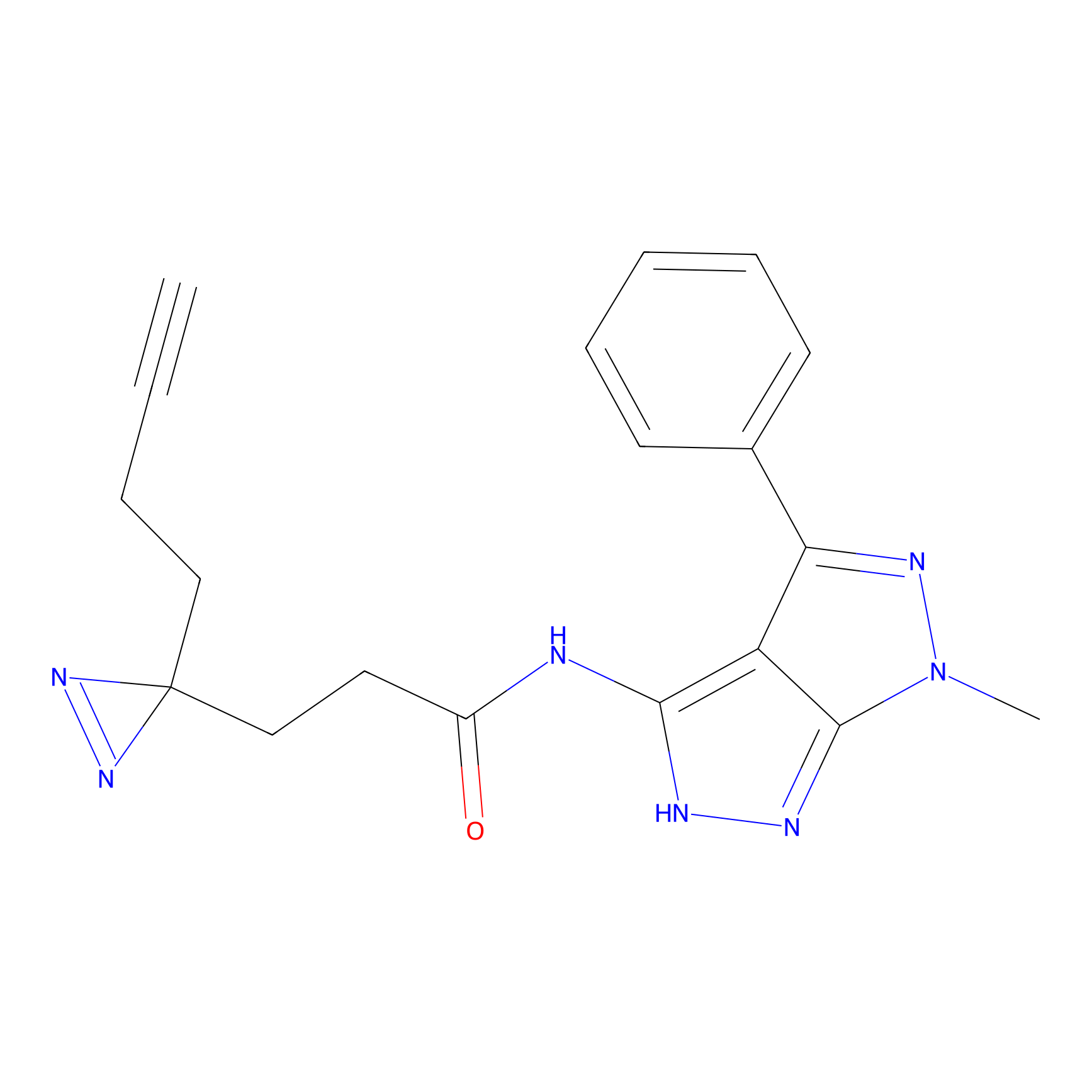 |
5.46 | LDD1786 | [7] | |
|
C100 Probe Info |
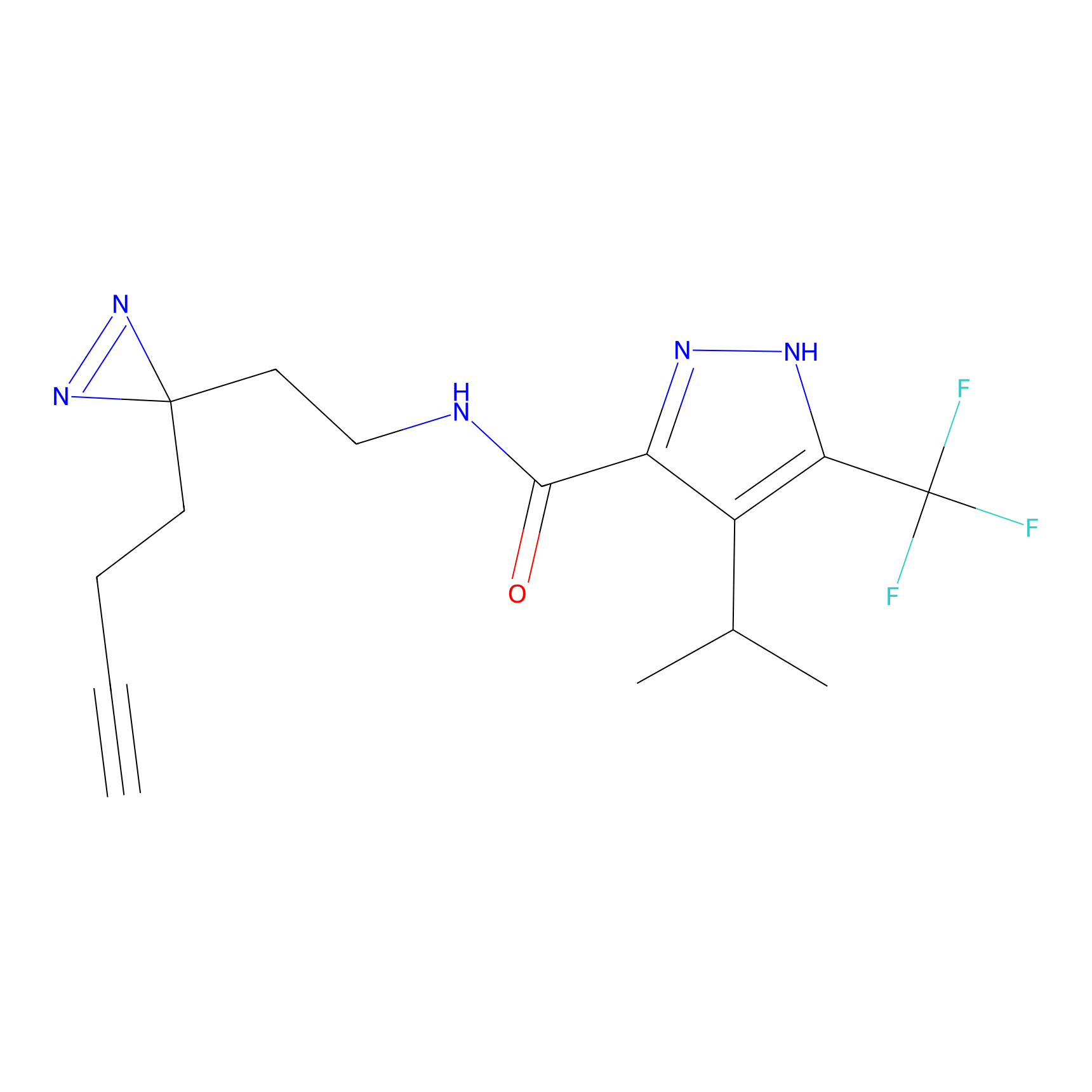 |
5.54 | LDD1789 | [7] | |
|
C112 Probe Info |
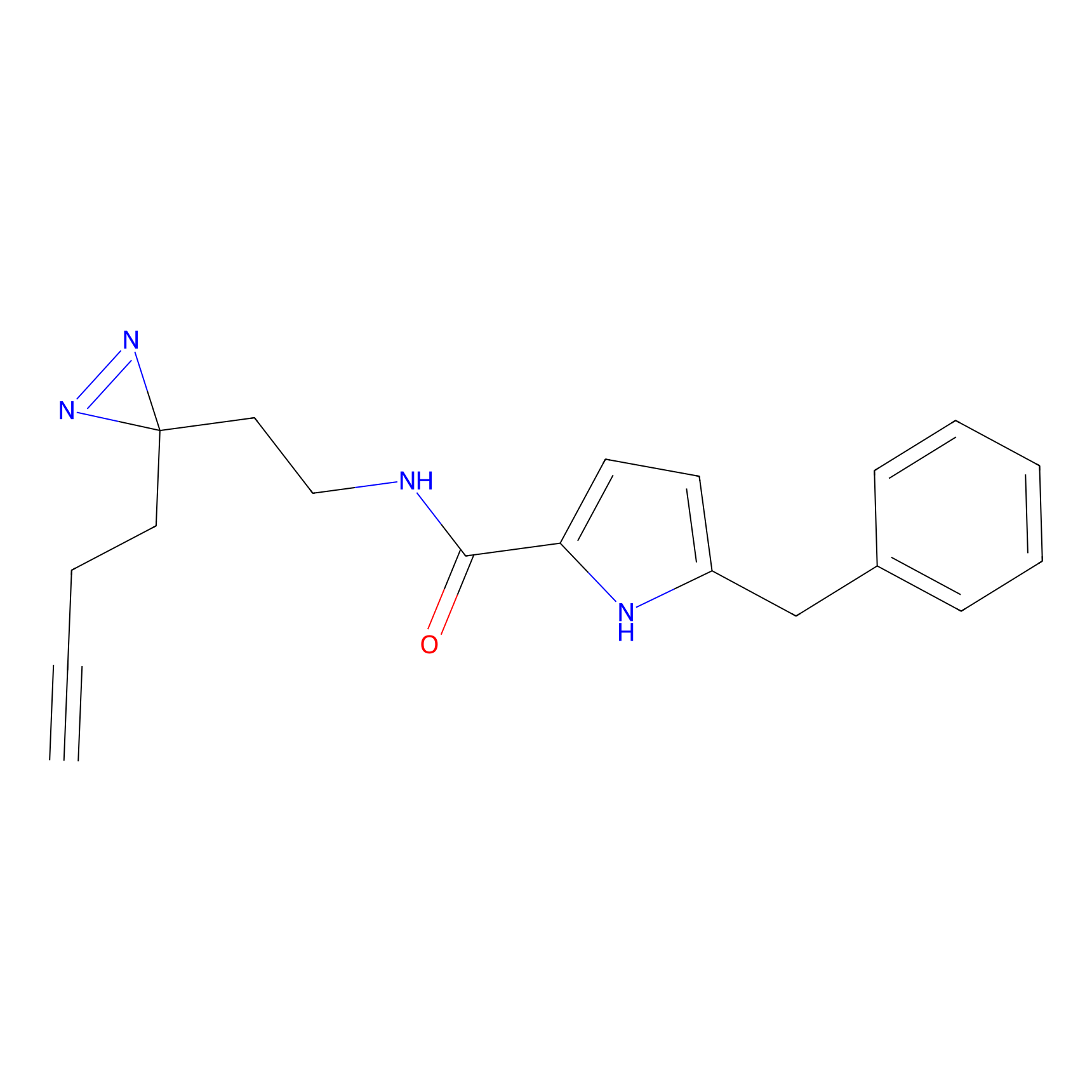 |
22.01 | LDD1799 | [7] | |
|
C159 Probe Info |
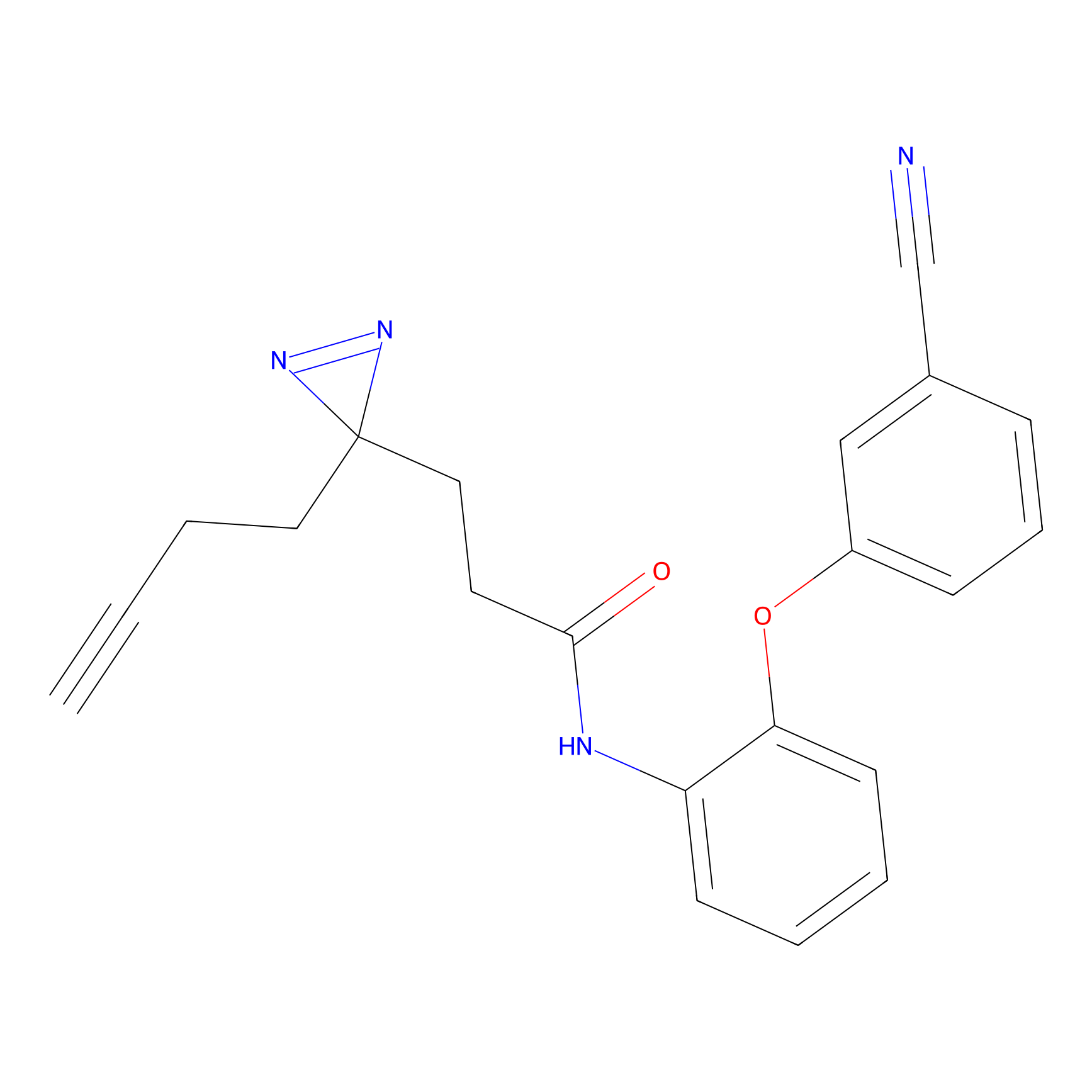 |
7.16 | LDD1839 | [7] | |
|
C161 Probe Info |
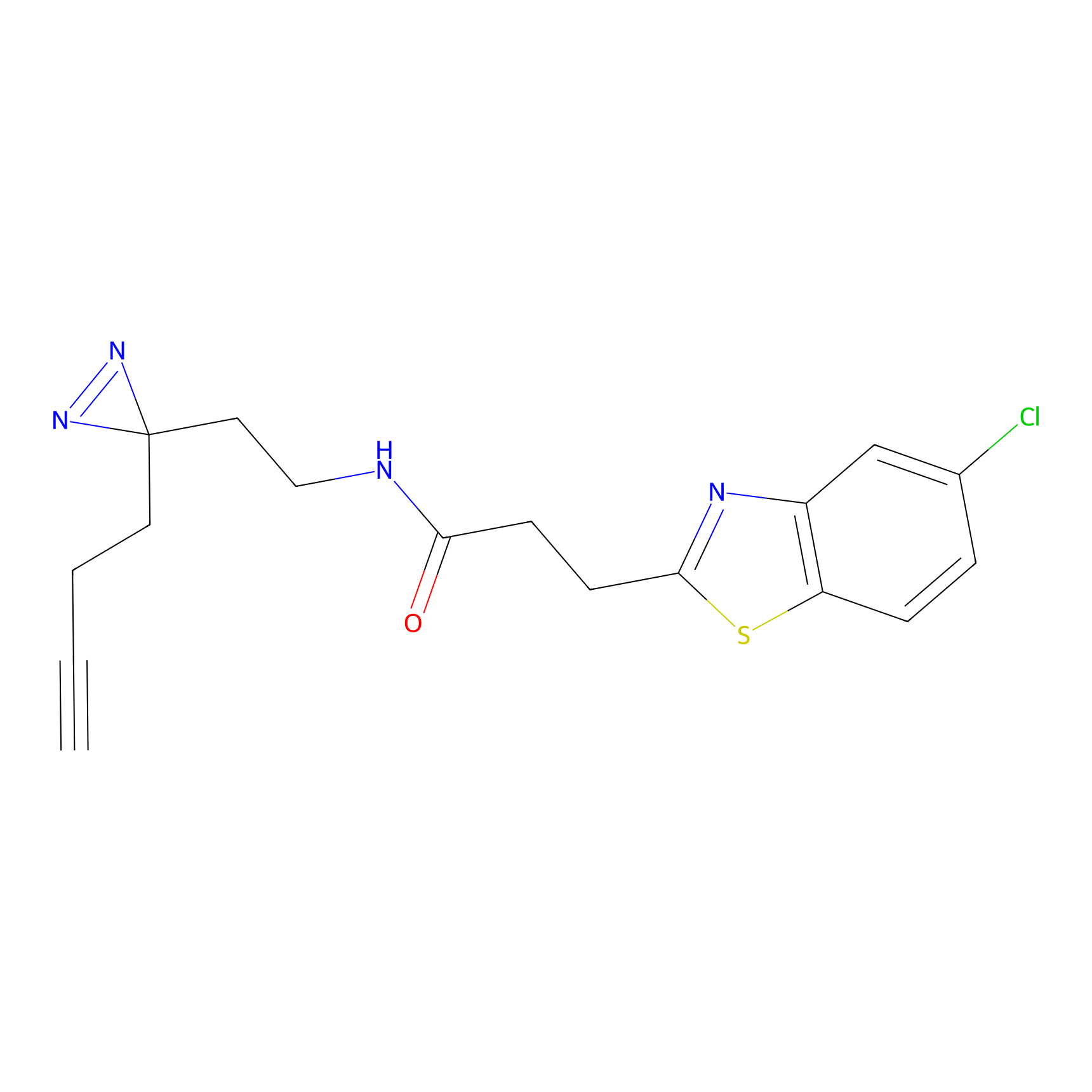 |
13.55 | LDD1841 | [7] | |
|
C218 Probe Info |
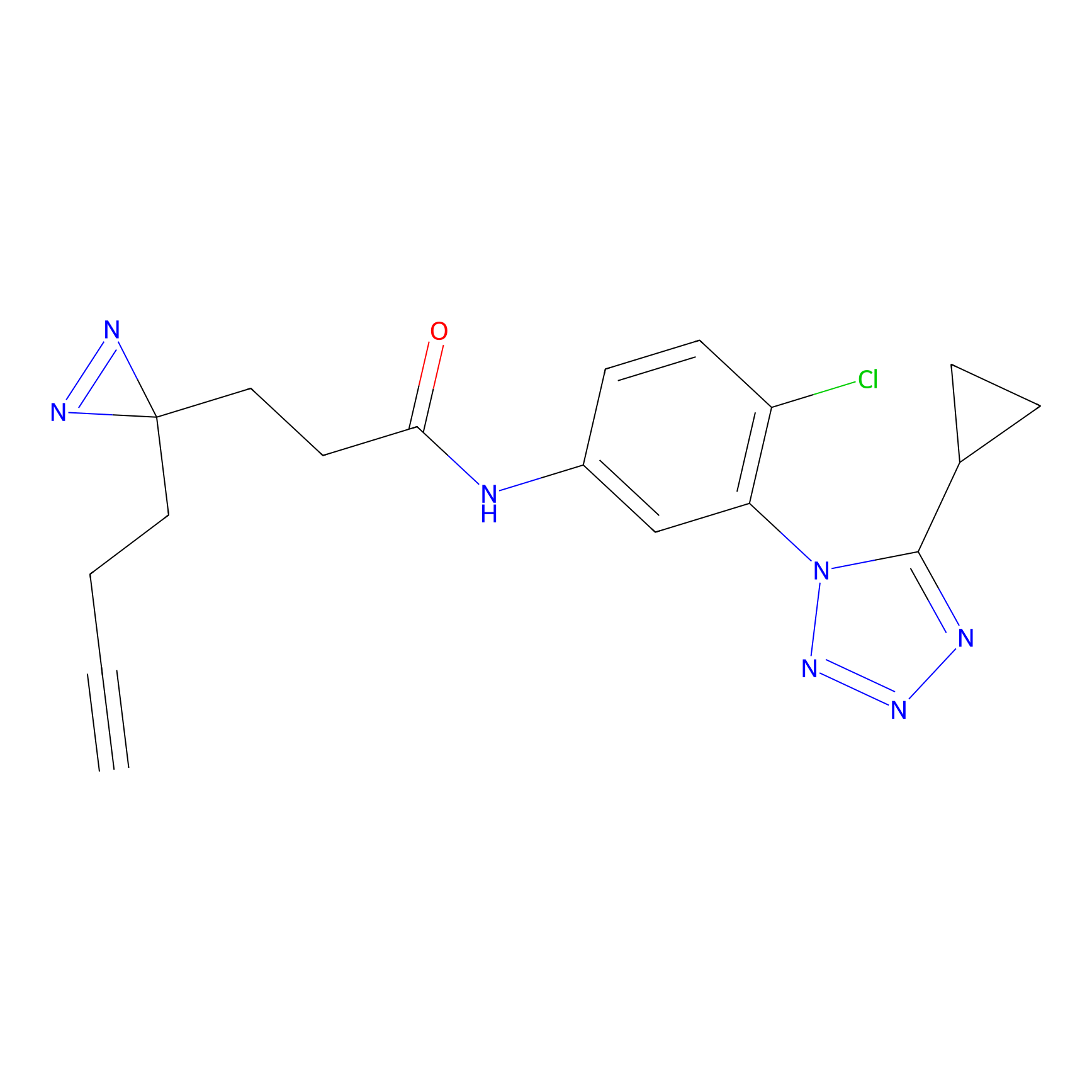 |
11.55 | LDD1892 | [7] | |
|
C220 Probe Info |
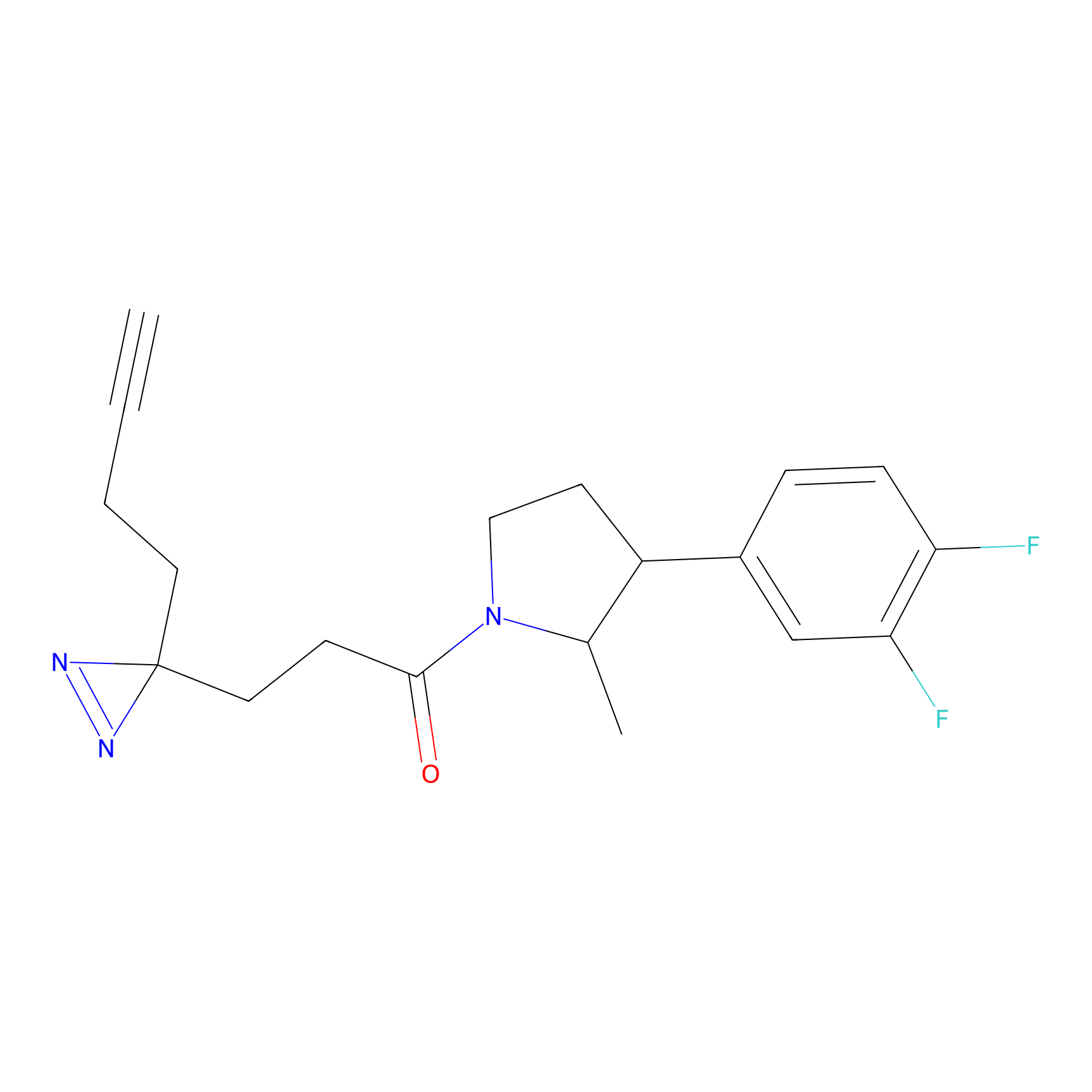 |
13.55 | LDD1894 | [7] | |
|
C228 Probe Info |
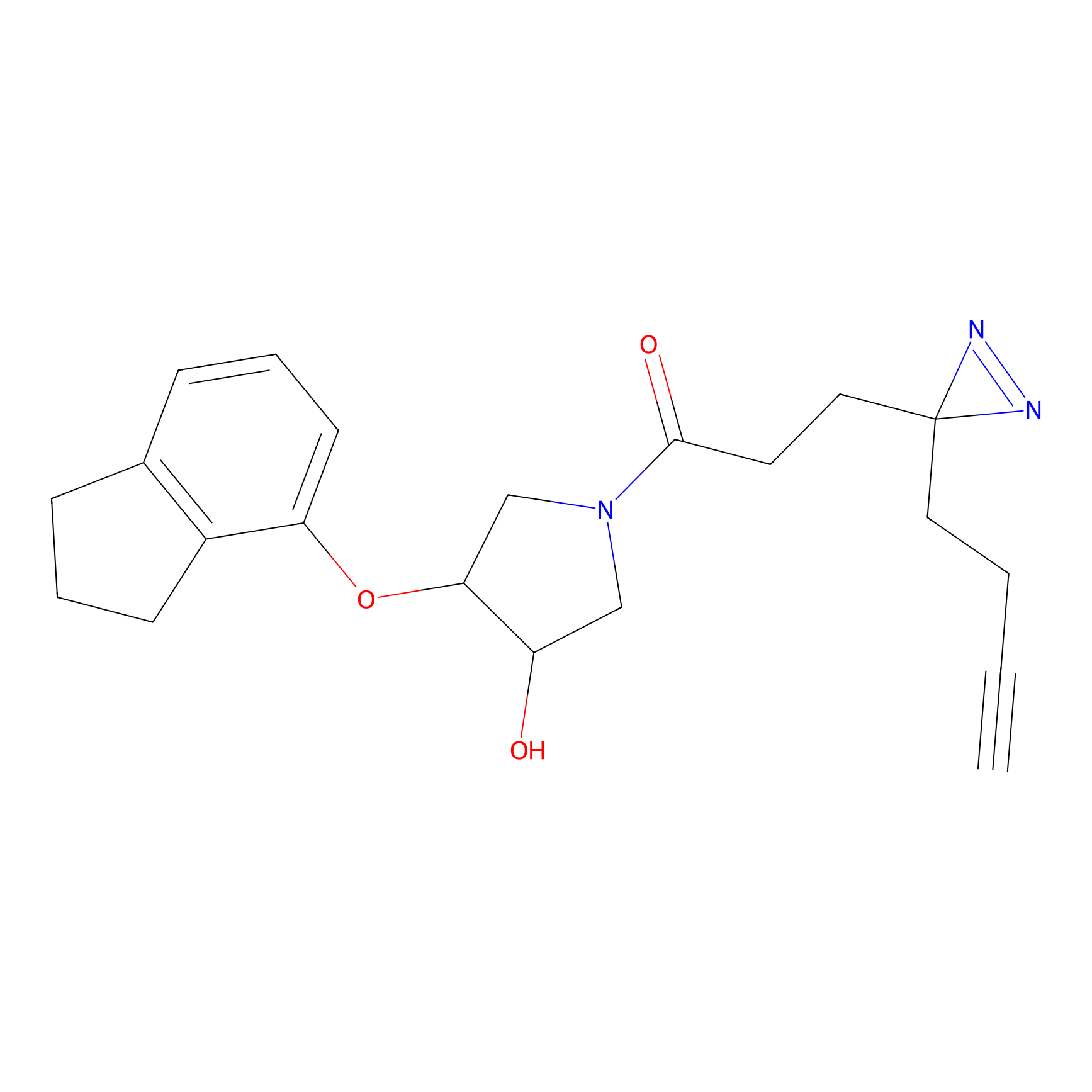 |
23.59 | LDD1901 | [7] | |
|
C289 Probe Info |
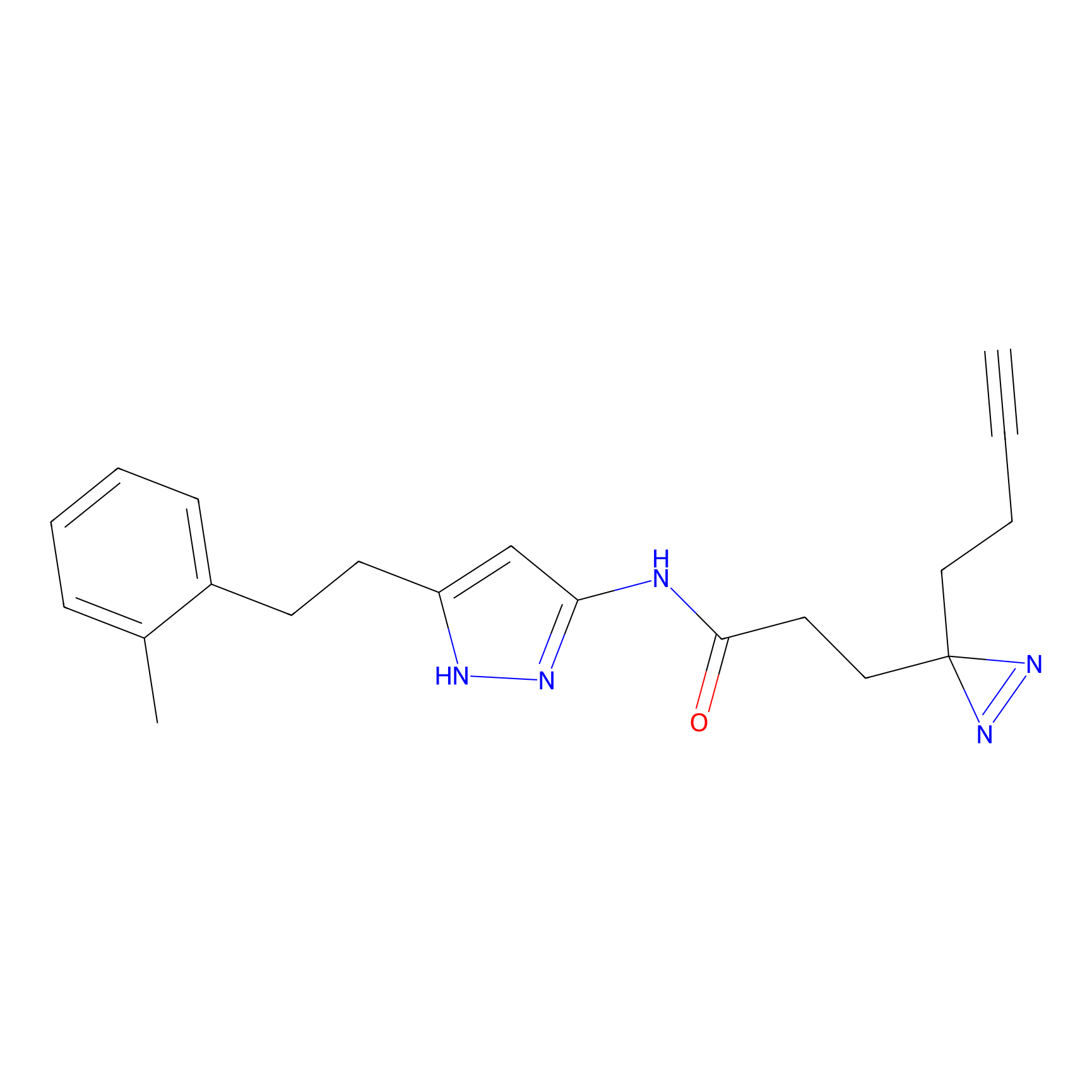 |
27.10 | LDD1959 | [7] | |
|
C362 Probe Info |
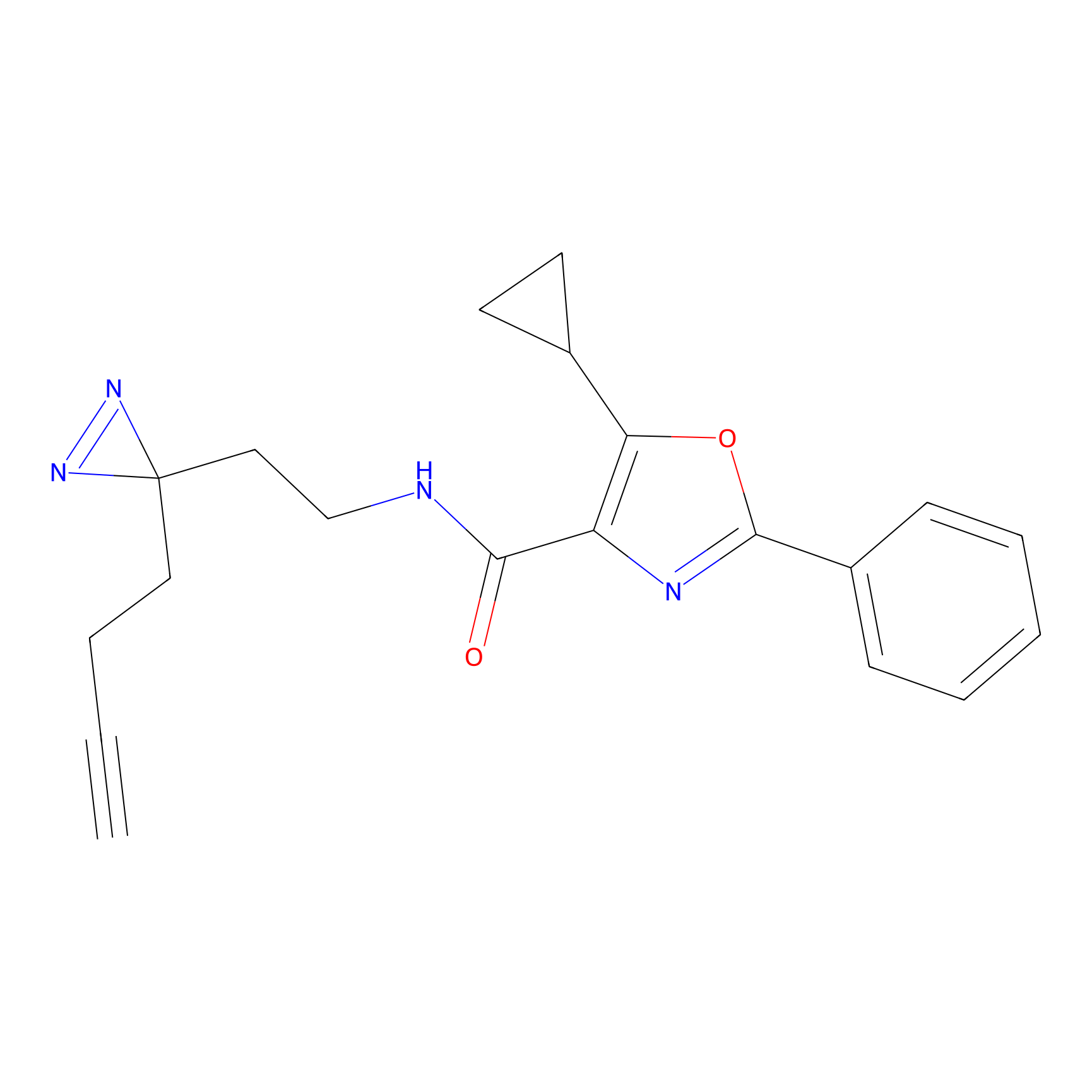 |
40.22 | LDD2023 | [7] | |
|
C366 Probe Info |
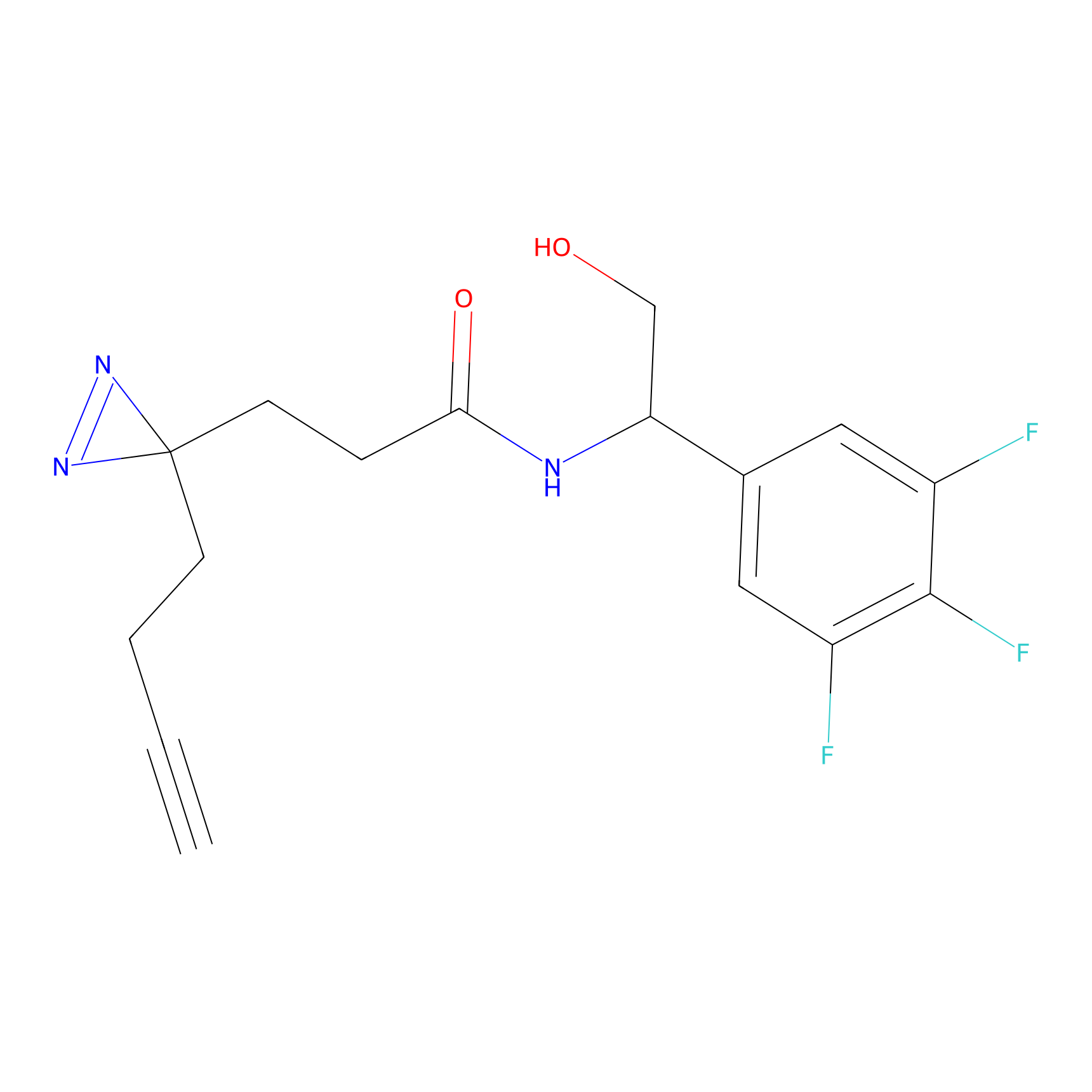 |
5.70 | LDD2027 | [7] | |
|
C388 Probe Info |
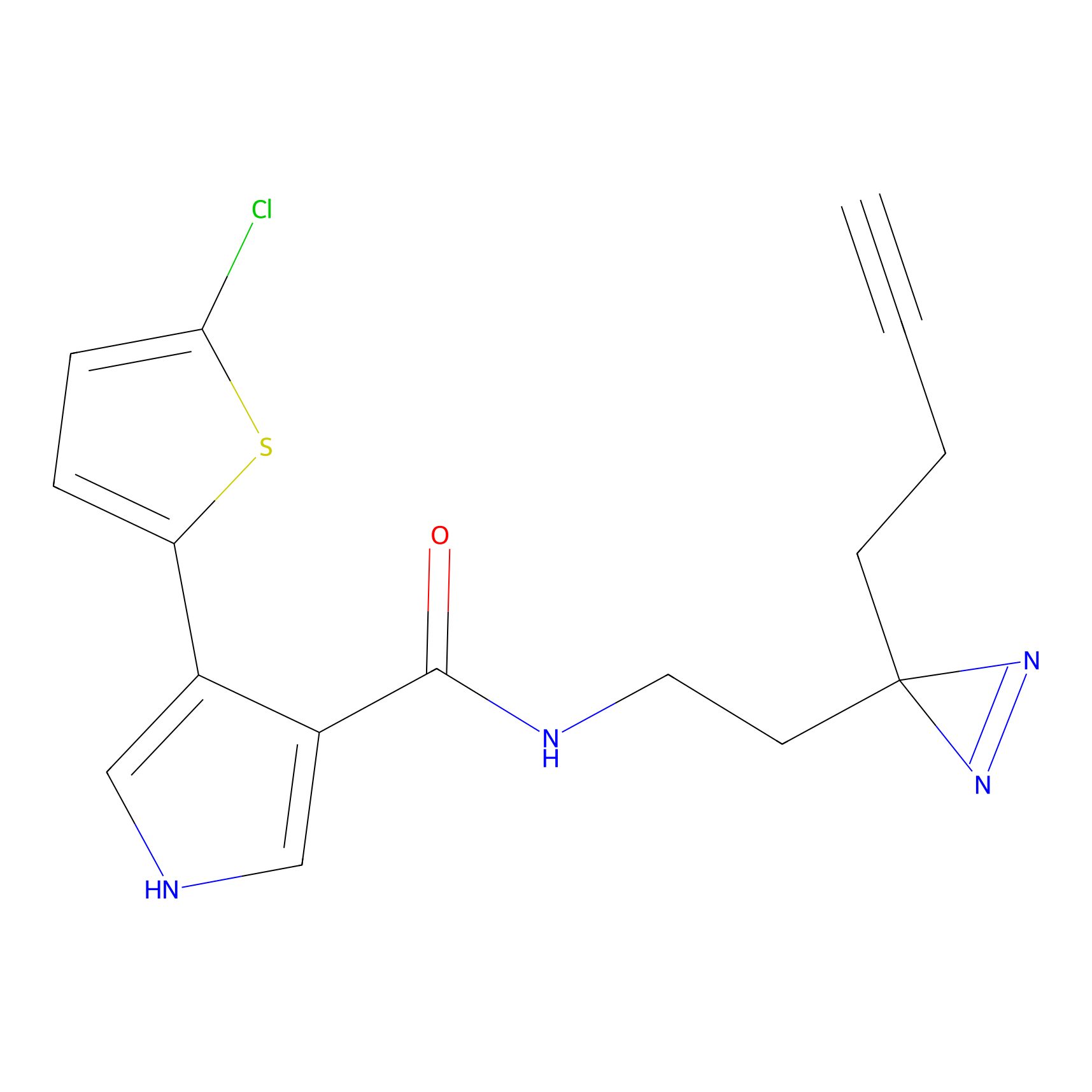 |
62.25 | LDD2047 | [7] | |
|
STS-1 Probe Info |
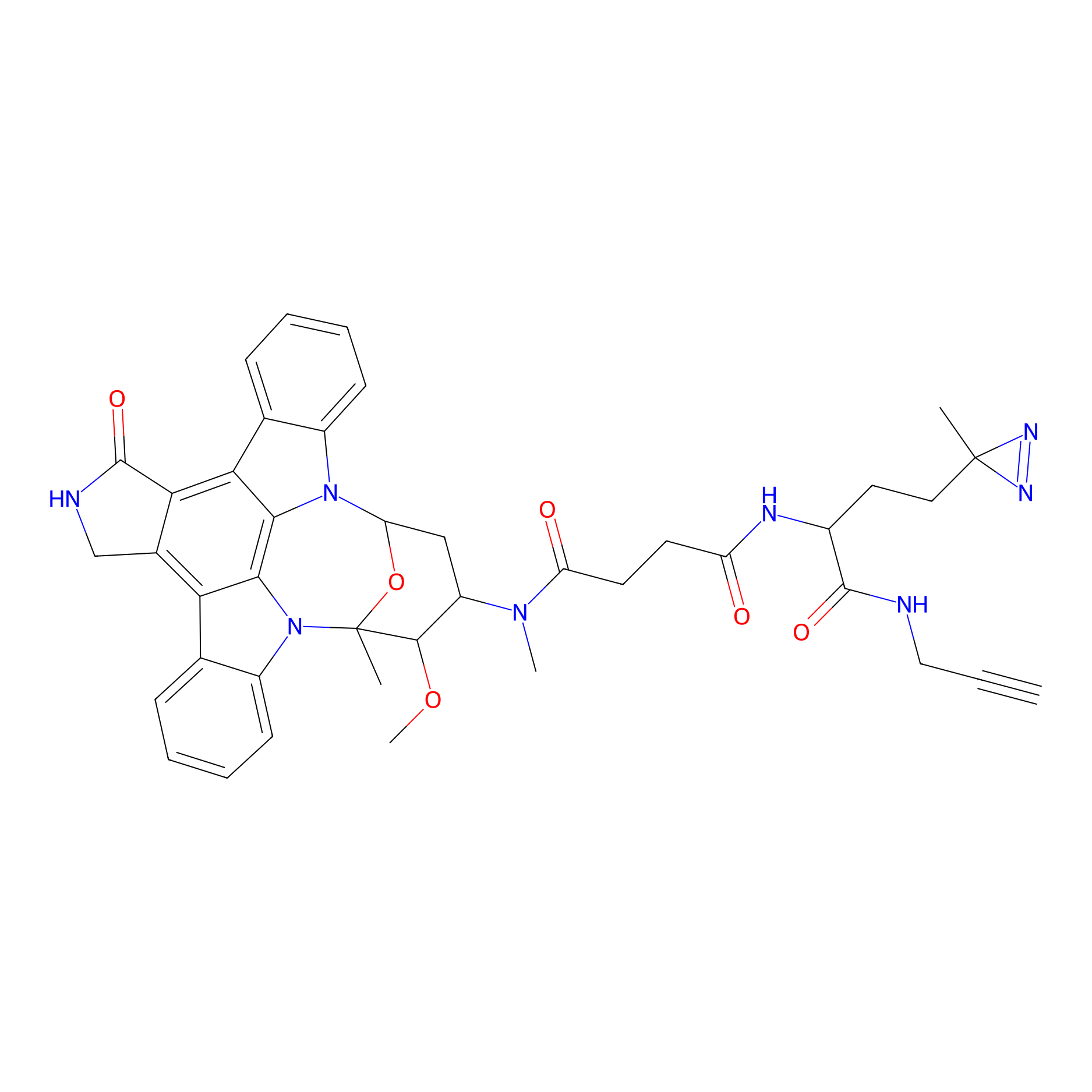 |
N.A. | LDD0136 | [8] | |
|
OEA-DA Probe Info |
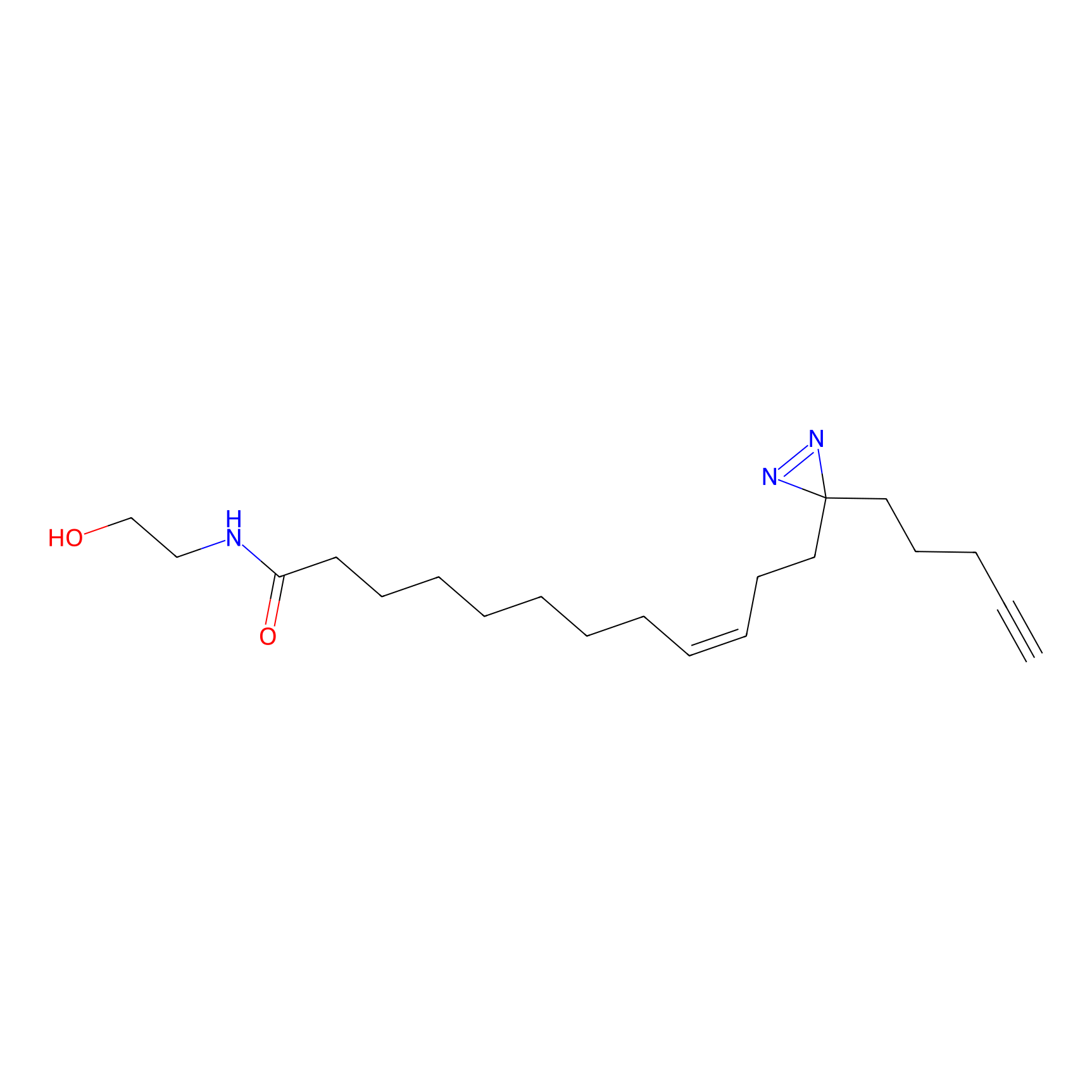 |
9.06 | LDD0046 | [9] | |
Competitor(s) Related to This Target
The Interaction Atlas With This Target
The Protein(s) Related To This Target
Enzyme
| Protein name | Family | Uniprot ID | |||
|---|---|---|---|---|---|
| Very-long-chain enoyl-CoA reductase (TECR) | Steroid 5-alpha reductase family | Q9NZ01 | |||
Transporter and channel
Transcription factor
| Protein name | Family | Uniprot ID | |||
|---|---|---|---|---|---|
| Cyclic AMP-responsive element-binding protein 3-like protein 1 (CREB3L1) | BZIP family | Q96BA8 | |||
Cytokine and receptor
| Protein name | Family | Uniprot ID | |||
|---|---|---|---|---|---|
| Interleukin-10 receptor subunit alpha (IL10RA) | Type II cytokine receptor family | Q13651 | |||
Other
| Protein name | Family | Uniprot ID | |||
|---|---|---|---|---|---|
| Protein FAM209A (FAM209A) | FAM209 family | Q5JX71 | |||
References
